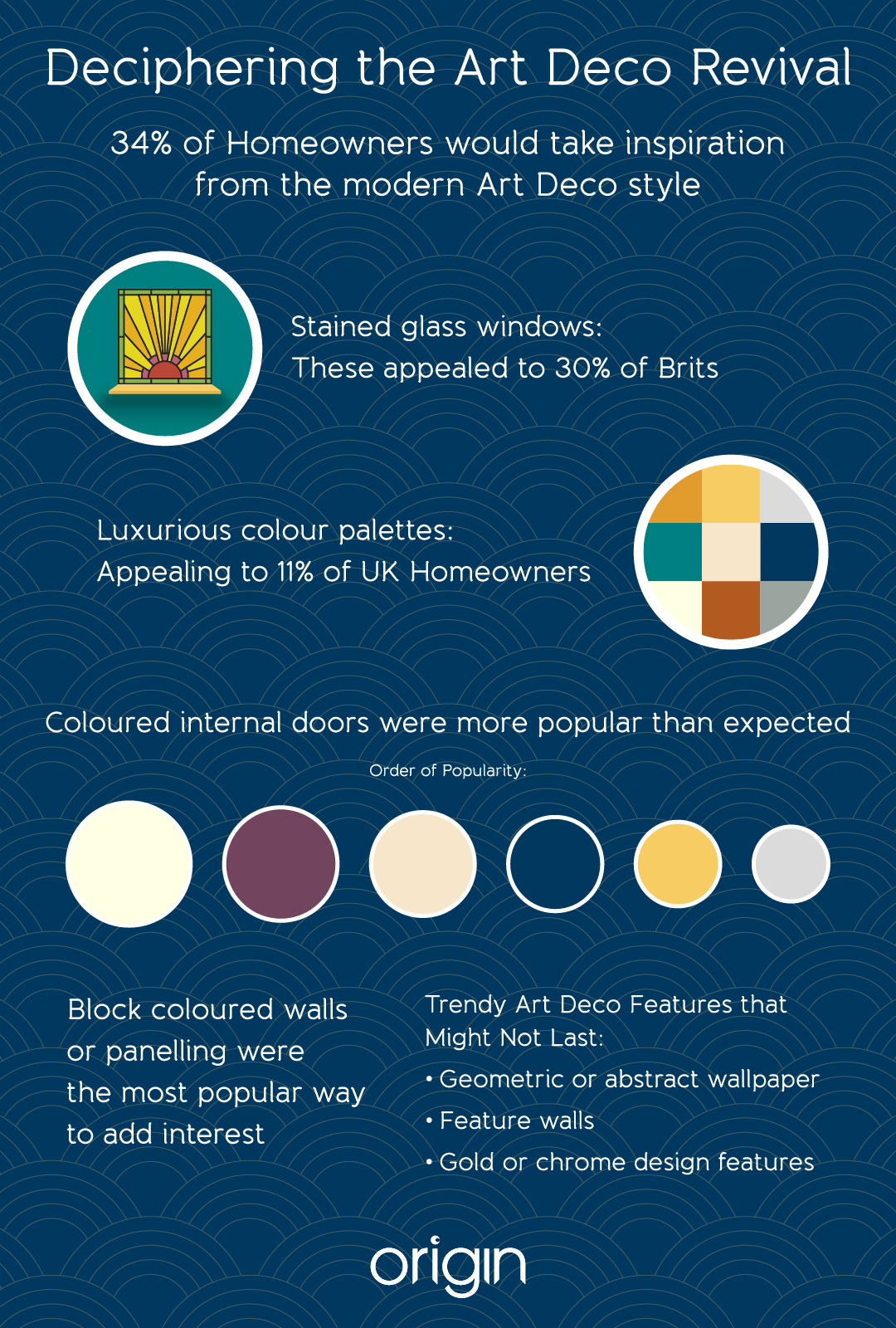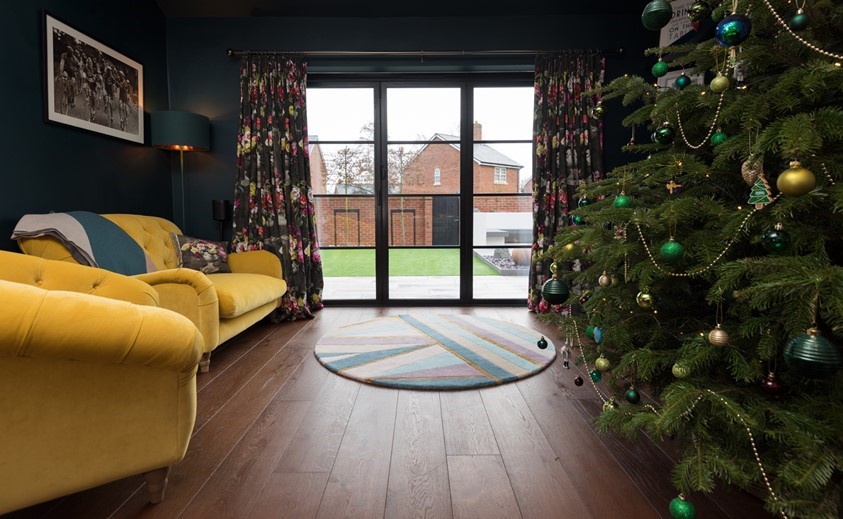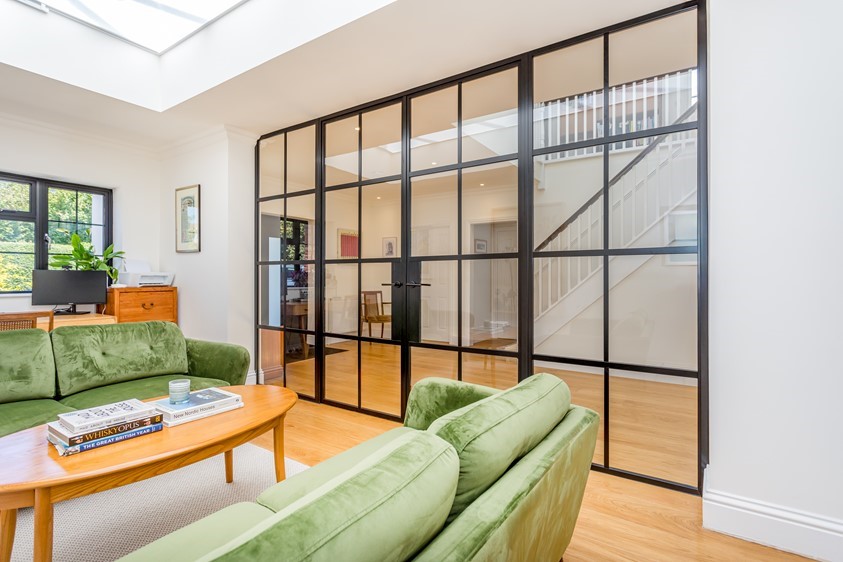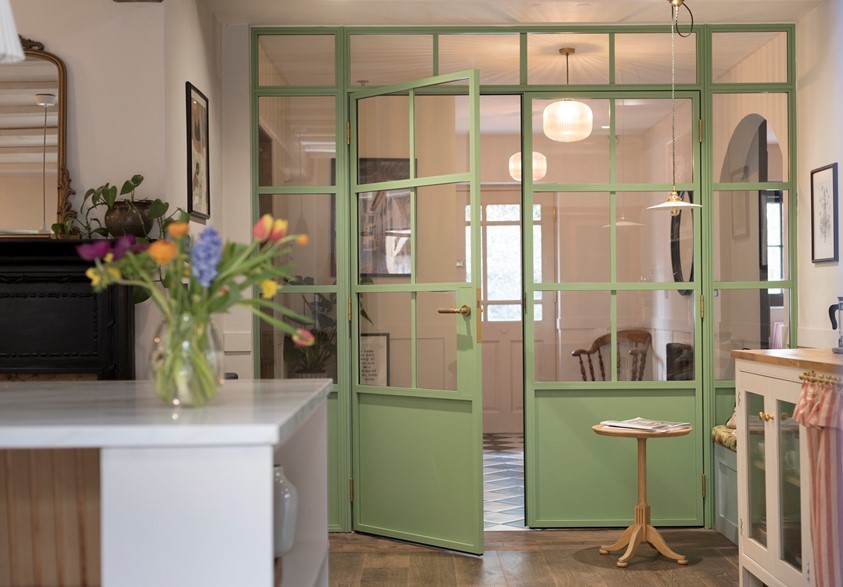Once the hallmark of 1920s glamour, Art Deco is making a confident comeback in 2025. Rooted in geometric elegance, rich materials and cultural symbolism, the style continues to captivate with its perfect balance of functionality and flair. The rise of eccentric luxury - characterised by expressive design, metallic finishes and statement pieces - marks a shift toward more personality-driven interiors. But is this revival just a fleeting trend or does Art Deco’s refined extravagance have lasting appeal?
With modern interpretations blending clean lines, opulent textures, and timeless colour palettes, the resurgence is as more about expression than it is about history. Whether you’re looking to completely transform your space or simply introduce a few Deco-inspired touches, designing a home that’s both current and classic is key for longevity.
In this guide:
Art Deco is back in 2025 with bold glamour and modern flair.
Loud luxury favours bold, expressive design over minimalist interiors.
Timeless design uses natural materials, symmetry, and smart functionality.
Blend rich colours, clean lines, and texture for classic Art Deco style.
Use bold aluminium doors to maximise natural light incorporate clean geometry.
What You Need to Know About the Art Deco Resurgence
The Art Deco style emerged in the 1920s in France, in response to the ornate Art Nouveau style which aimed to modernise design, while maintaining elegance and opulence. There were several key influences on the such as futurism, the geometry of cubism, decorative elements from Aztec, Myan and Egyptian civilisations, and exoticism. Art Deco showcases opulence, glamour and luxuriousness while taking advantage of technological advances; the result is a juxtaposition of simplicity and decadence.
Industrial progress influenced the style with its clean lines and metallic finishes; Cubism and Futurism contribute geometry and abstraction. Ancient and exotic cultures inspire patterns, symbolism, rare textiles and materials. Meanwhile, the rise of Hollywood contributes to the glamour, elegance and theatricality.
The Art Deco style lasted into the mid-century, but has seen an unprecedented surge in 2025. Metallic finishes, clean geometry, loud luxury, ornamental fixtures and opulent textiles are particularly attractive.
What is Loud Luxury and Why is it Popular?
You may have heard of the quiet luxury trend that emerged in 2022/2023. It prioritises a simple, understated and uncluttered look, muted tones, clean lines, timeless, bespoke pieces and quality materials. Loud luxury is the counter movement focusing on bold, expressive and individualistic elements with a more flamboyant elegance. After-all, a home should reflect the designer’s unique personality.

Loud luxury encompasses the Art Deco revival. The rebellion is popular with those experiencing neutral fatigue – rebelling with unapologetically characterful interiors. However, is loud luxury simply a passing trend or can overt opulence be as timeless as understated elegance?
Interior design trends and styles often pendulate between minimalist and maximalist (quiet luxury being a branch of minimalism; meanwhile, loud luxury and modern Art Deco are examples of maximalism). It’s generally perceived that minimal interiors are more timeless, but often meekness could be to credit over a truly classic appeal.
Whether you prefer a bold or muted aesthetic, the key to achieving long-lasting elegance is carefully considering impactful, high-quality pieces.
Identifying Timeless Interior Design Features
Everchanging, interior design trends are impossible to keep up with. Although the Art Deco style is currently trending, homeowners should consider the longevity of the style and its constituent parts before making any significant updates.
Assessing the timelessness of interior design will ensure that you make smart choices that enhance the look and functionality of your home in the long run. Consider the following examples of enduring design choices:
- Natural colours, materials and biophilic design : we, as humans, will always revert to nature. Including wood, stone and natural fabrics or utilising, greens, blues, yellows and browns will usually be a smart choice.
- Windows and natural light: similarly to the point above, bringing nature in is a safe bet for improving the feel of your home, regardless of the style you opt for.
- Enhanced functionality: broken-plan living (such as, using room dividers), integrated shelving or multi-purpose instalments are bound to maintain their value regardless of stylistic preferences.
- Symmetry and clean lines: hardwired towards patterns, symbols, and geometry, it’s no surprise that structured spaces are the most attractive.
- Bespoke or artisanal features: custom-built doors, windows, furniture or commissioned artwork, crafted uniquely for you and your space.
- Atmospheric and statement lighting: a variety of lamps and chandeliers are an excellent way to subtly express your style and the opportunities for Art Deco-inspired lighting are endless.
- Complementing the architectural style: traditional buildings can work well with more ornate interiors, whereas new builds can lend themselves better to minimalist or contemporary interpretations.
Creating a Classic Art Deco-Inspired Home
In order to avoid the trap of tacky, fleeting trends, it’s important to break down the Art Deco style to decipher which elements offer timeless appeal and which components may be best left in the past.

1. Colour Palettes
Luxurious purple, mocha browns and dramatic reds are the trendy interior colours of 2025. However, earthy, natural tones were the most popular (Origin, 2025) as they help to bring the natural world inside and create a calming atmosphere. Coastal shades and neutrals also maintain their popularity. However, a sophisticated colour scheme - featuring rich teals, mustard, navy, chrome, grape and champagne - is experiencing a resurgence.

The Art Deco style is known for its luxurious shades and metallic features. Navy and black are classic and timeless colours that pair elegantly with chrome or gold fixings. Meanwhile, the warm undertones of teal create a vibrant and relaxing space. Accents of mustard elegantly contrast these classic blue shades; also, try swapping bright white with natural ivory or champagne for a more inviting atmosphere.
2. Geometry and Patterns
The eye is naturally drawn to patterns, symmetry and geometry, which make them a timeless feature in any home. However, how you incorporate it is crucial. The clean lines of wall panelling are more timeless than geometric wallpaper. Perpendicular lines looked more classic than curved patterns (Origin, 2025). If you want to include timeless geometry into your home, you could install herringbone-style flooring or add some Art Deco inspired wall panelling. Alternatively, steel-style internal doors provide clean geometry while enhancing the functionality of your room.

Visit the black internal door case study
3. Materials and Textures
Interestingly, the Art Deco style combines contrasting textures: plush velvet or faux furs, with sleek metal and glass. Fur throws and velvet furnishings may not cater to all tastes, but subtly combining textiles and incorporating tactile finishes (cushions, rugs, door handles and lampshades) are sophisticated ways to add lasting intrigue.

4. Windows, Doors and Glazing
Your windows play a significant role: the period style is associated with ample natural light to highlight the luxurious interior features. Meanwhile, the era’s shift to functional design also makes glazed internal doors well suited to the Art Deco movement.
Room partitions, internal glazed doors or stained-glass windows are fantastic ways to let light flow naturally between rooms while also creating flexible zones for entertaining and modern living.

How to Use Geometric Internal Doors in 2025
One of the most functional and timeless ways to add striking geometry, luxurious colour and sleek metallics into your space is to install aluminium internal doors. Black finishes offer the strongest contrast as well as an industrial-inspired aesthetic. Meanwhile, coloured internal doors are becoming increasingly popular. Ivory, grape, navy, gold, or champagne-coloured doors are an eye-catching centrepiece with classic appeal.

Origin supplies a Soho-inspired internal and external door system which can be powder-coated in over 150 RAL colours to suit any palette. The true divide bars create bold, clean lines that complement a range of modern and traditional styles from industrial, heritage, and Art Deco themes. Moreover, each door is bespoke to your space for a seamless and refined look. There are also a selection of artisan knurled handles in a range of metallic shades available to add visual flair.
For more information about bespoke aluminium internal doors, explore the Soho Style or speak to a local installer about starting a project.




































